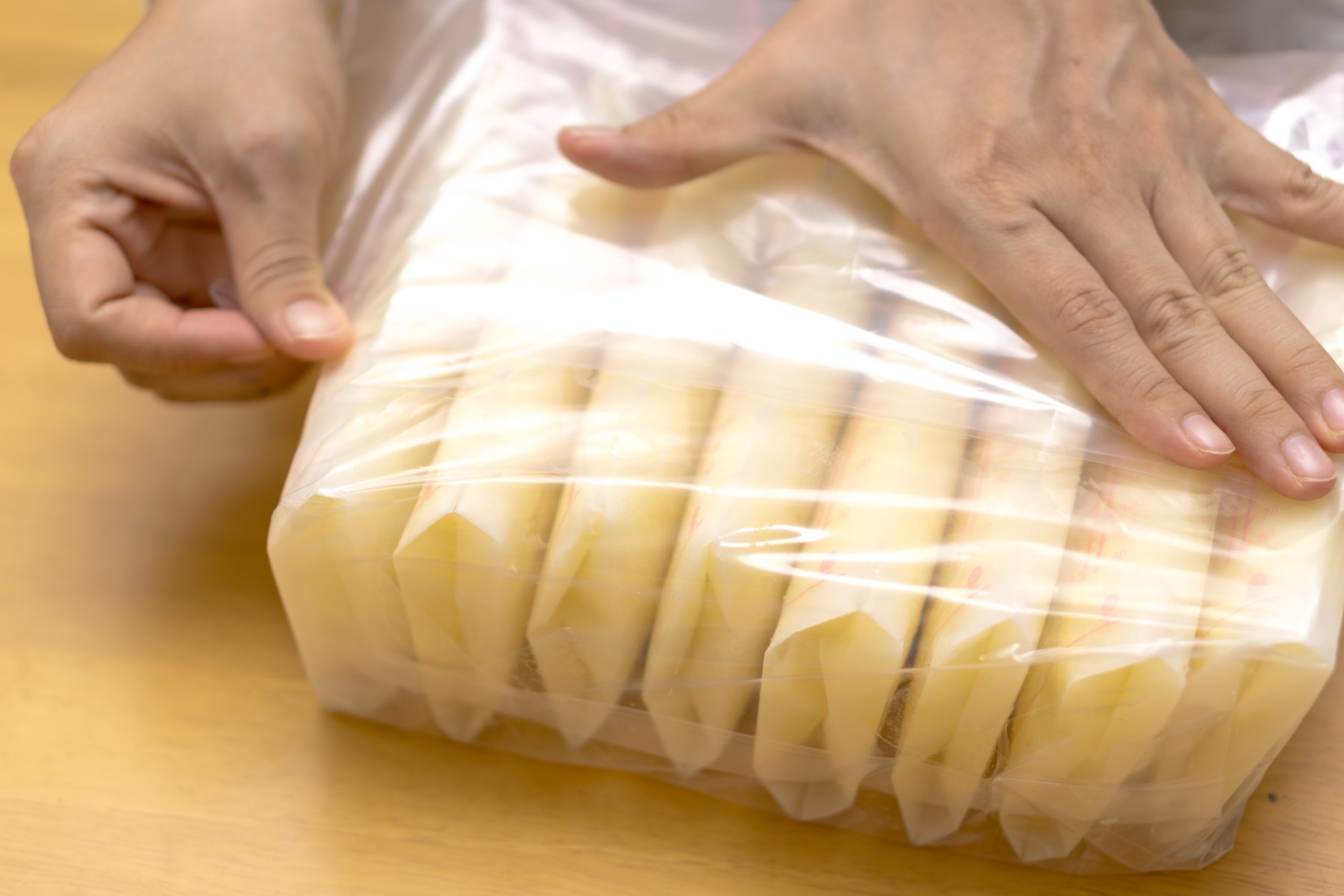

Articles
How Long Is Breast Milk Good In Deep Freezer
Modified: October 20, 2024
Discover the shelf life of breast milk in a deep freezer. Get expert advice and tips on storing breast milk for longer periods in this informative article.
(Many of the links in this article redirect to a specific reviewed product. Your purchase of these products through affiliate links helps to generate commission for Storables.com, at no extra cost. Learn more)
Introduction
One of the most essential and precious substances a mother can provide for her baby is breast milk. Known for countless health benefits, breast milk is rich in nutrients, antibodies, and enzymes that promote the growth and development of the infant’s body and immune system. Every drop of breast milk is valuable, and it’s important for mothers to understand how to properly store and handle it, especially when it comes to using a deep freezer.
Freezing breast milk is a convenient way to preserve it for later use, as it extends its shelf life significantly. The deep freezer, with its lower temperatures, allows breast milk to stay fresh and safe for a longer duration. However, there are certain factors that can affect the quality and shelf life of breast milk, as well as specific guidelines for storing and using it in a deep freezer.
In this article, we will explore the factors that influence the shelf life of breast milk, provide storage guidelines for using a deep freezer, discuss thawing and using frozen breast milk, and highlight the signs of spoiled breast milk. By following these recommendations, mothers can ensure that the breast milk they provide to their babies remains safe, nutritious, and beneficial.
Key Takeaways:
- Proper storage in a deep freezer can preserve breast milk for up to 12 months, ensuring long-term availability of nutritious and safe nourishment for your baby.
- Thaw frozen breast milk using safe methods, such as the refrigerator or warm water, and be vigilant for signs of spoilage to ensure your baby’s safety and well-being.
Factors Affecting the Shelf Life of Breast Milk
While breast milk is known for its remarkable ability to provide optimal nutrition for infants, various factors can impact its shelf life. Understanding these factors can help mothers make informed decisions about how long they can store breast milk in the deep freezer before it starts to deteriorate.
1. Storage Temperature: The freezing temperature plays a vital role in extending the shelf life of breast milk. While a regular freezer can keep breast milk fresh for approximately 3-6 months, a deep freezer with temperatures below -4°F (-20°C) can preserve it for up to 12 months or longer. The lower temperature prevents the growth of bacteria and helps maintain the nutritional quality of the milk.
2. Storage Containers: The choice of storage containers is crucial for maintaining the quality of breast milk. It is recommended to use BPA-free plastic storage bags or food-grade glass containers specifically designed for storing breast milk. These containers are leak-proof, easy to stack, and have measuring marks for accurate portion control.
3. Air Exposure: Exposure to air can lead to oxidation and nutrient loss in breast milk. It is essential to remove as much air as possible from the storage containers before sealing them. Squeezing out excess air or using containers with an airtight seal can help preserve the milk’s nutritional content.
4. Storage Duration: The longer breast milk is stored, the greater the chance of nutrient degradation. To ensure the freshness and quality of breast milk, it’s best to follow a first-in, first-out approach. Use the oldest stored milk first to minimize the storage duration and maximize the nutritional benefits for the baby.
5. Hygiene Practices: Maintaining proper hygiene during the expression and handling of breast milk is crucial for extending its shelf life. Make sure to wash hands thoroughly before expressing or handling breast milk. Sterilize the storage containers and equipment, such as breast pump parts, to prevent contamination. This helps to preserve the integrity of the milk and reduce the risk of bacterial growth.
It’s important to note that individual variations in breast milk composition can occur, which may impact its shelf life. Different mothers may produce milk with varying fat content, antibodies, and other nutrients. Therefore, it’s essential to monitor the quality of stored breast milk and use it within the recommended time frames to ensure its safety and efficacy for the baby.
Storage Guidelines for Breast Milk in a Deep Freezer
Proper storage of breast milk in a deep freezer is crucial to maintain its quality and ensure the safety of your baby. By following these guidelines, you can preserve the nutritional value of breast milk and prevent spoilage:
1. Use Appropriate Storage Containers: Use BPA-free plastic storage bags or food-grade glass containers specifically designed for storing breast milk. These containers should be tightly sealed and able to withstand freezing temperatures. Ensure that the containers are clean and sterilized before use.
2. Label and Date Containers: Always label each container with the date of expression. This will help you maintain a proper inventory and use the oldest milk first (first-in, first-out). Use waterproof labels or write directly on the container with a permanent marker.
3. Store in Small Portions: It’s advisable to store breast milk in small portions to minimize waste. By using smaller containers or bags, you can thaw only the amount you need for each feeding, reducing the risk of any leftover milk going to waste.
4. Remove Excess Air: When filling the storage bags or containers, remove as much air as possible before sealing. Excess air can cause oxidation and reduce the quality of the milk. Squeeze out the air from the storage bags or use containers with an airtight seal to minimize air exposure.
5. Lay Flat for Freezing: When using storage bags, fill them with the desired amount of breast milk and lay them flat in the freezer. This method allows for efficient freezing and saves space. Once frozen, you can stack the bags vertically to maximize storage capacity.
6. Maintain Consistent Freezer Temperature: Regularly check the temperature of your deep freezer to ensure it remains at or below -4°F (-20°C). Fluctuating temperatures can cause spoilage and decrease the shelf life of breast milk. Avoid opening the freezer frequently, as this can lead to temperature fluctuations.
7. Store Away from the Freezer Door: Place the breast milk containers away from the freezer door to minimize temperature variations. The most stable temperatures are typically found in the center or back of the freezer.
8. Keep Breast Milk Separate: It’s important to store breast milk separate from other frozen items in the freezer. This will prevent any potential cross-contamination and preserve the quality and flavor of the milk.
By following these storage guidelines, you can ensure the longevity and safety of your stored breast milk in a deep freezer. These practices help preserve the nutritional value and beneficial properties of breast milk, providing your baby with optimal nourishment even when you’re not available to breastfeed.
Thawing and Using Frozen Breast Milk
Thawing frozen breast milk properly is essential to maintain its nutritional value and ensure your baby’s safety. Here are some guidelines to follow when thawing and using frozen breast milk from a deep freezer:
1. Choose the Right Method: There are a few options for thawing frozen breast milk. The recommended methods include thawing in the refrigerator, using warm water, or utilizing a bottle warmer specifically designed for breast milk. Avoid using the microwave, as it can create hot spots and destroy the valuable nutrients in the milk.
2. Thawing in the Refrigerator: The safest and most gradual method for thawing breast milk is by placing the frozen container in the refrigerator overnight or for about 12 hours. This slow thawing process preserves the milk’s nutritional quality while ensuring it remains safe to consume.
3. Thawing with Warm Water: If you need to thaw breast milk quickly, you can use warm water. Fill a bowl or basin with warm water and place the sealed container of frozen breast milk in it. Avoid submerging the container entirely to prevent contamination. Gently swirl the container occasionally to facilitate even thawing. Note that the water should not be too hot, as it can cause the milk to overheat.
4. Bottle Warmer: A bottle warmer designed specifically for breast milk can be a convenient and safe option for thawing and warming frozen breast milk. Follow the manufacturer’s instructions for proper use and ensure that the milk is not overheated.
5. Do Not Refreeze Thawed Milk: Once breast milk has been thawed, it should be used within 24 hours. Do not refreeze thawed milk, as this can lead to loss of nutritional value and increase the risk of bacterial growth.
6. Gentle Mixing: After thawing breast milk, it is normal for separation to occur, with the cream rising to the top. Gently swirl or rotate the container to mix the milk, but avoid shaking vigorously, as this can lead to nutrient loss.
7. Check Temperature: Before offering the thawed breast milk to your baby, ensure that it is at a suitable temperature. You can test it on the inside of your wrist to make sure it is lukewarm, not cold or hot.
8. Feed and Store Properly: Once thawed, use the breast milk within the recommended timeframe of 24 hours. If there is any leftover milk that your baby does not finish, discard it. Do not save partially consumed milk for the next feeding, as it can pose a risk of bacterial contamination.
By thawing frozen breast milk using the proper methods and taking necessary precautions, you can ensure that your baby receives safe and nourishing milk. The correct thawing and handling techniques help preserve the nutritional benefits of breast milk, making it an excellent choice for your baby’s growth and development.
Breast milk can be stored in a deep freezer for up to 12 months. Make sure to use airtight containers and label them with the date to keep track of freshness.
Signs of Spoiled Breast Milk
It’s important to be able to identify signs of spoiled breast milk to ensure the safety and well-being of your baby. While rare, breast milk can spoil just like any other perishable food item. Here are some signs to look out for:
1. Unusual Odor: Fresh breast milk has a slightly sweet and pleasant odor. If the milk smells sour, rancid, or foul, it may be an indication that it has spoiled. Trust your sense of smell and discard any breast milk with an off-putting odor.
2. Discoloration: Fresh breast milk is typically white or slightly bluish in color. If you notice significant changes in color, such as yellowish or brownish tint, it may indicate that the milk has started to spoil. Discard any breast milk that appears discolored.
3. Separation and Clumping: It is normal for breast milk to separate, with the cream rising to the top. However, if the milk appears excessively clumpy or has large chunks, it could be a sign of spoilage. Gently swirl the milk to mix it, but if clumps persist, it is best to discard it.
4. Sour Taste: Breast milk has a mild, slightly sweet taste. If it tastes sour or unpleasant, it’s likely that the milk has spoiled. It’s important to trust your taste buds and not offer spoiled breast milk to your baby.
5. Texture Changes: Spoiled breast milk may have a different texture than fresh milk. It might appear curdled, lumpy, or have a slimy consistency. These textural changes are indicators of spoilage, and the milk should not be used.
It’s important to note that in some cases, lipase enzymes in breast milk can cause a soapy or metallic taste and smell, which is not a sign of spoilage. Some babies may still accept and consume this milk without any issues. To determine if the taste and smell changes are caused by lipase, you can do a simple test by heating a small amount of the expressed milk. If the taste and smell improve after heating, lipase is likely the cause, and the milk is still safe to use.
When in doubt, it is always better to err on the side of caution and discard breast milk if you suspect it has spoiled. Remember to follow proper storage guidelines and utilize a first-in, first-out approach to minimize the chances of spoilage. By being vigilant and attentive to the signs of spoiled breast milk, you can ensure that your baby receives only fresh and safe breast milk for their nourishment.
Read more: How Long Can Breast Milk Be In The Freezer
Frequently Asked Questions (FAQs)
Here are some commonly asked questions about storing and using breast milk in a deep freezer:
Q: How long can breast milk be stored in a deep freezer?
A: Breast milk can be stored in a deep freezer at temperatures below -4°F (-20°C) for up to 12 months or longer without a significant decrease in quality. It’s important to label and date the containers to ensure that you use the oldest milk first.
Q: Can I mix freshly expressed breast milk with frozen breast milk in the same container?
A: It is typically safe to mix fresh and previously frozen breast milk in the same container. However, ensure that the fresh milk is chilled in the refrigerator before combining it with the frozen milk to avoid warming the frozen milk unnecessarily.
Q: Can I add warm breast milk to frozen breast milk?
A: It is not recommended to add warm breast milk directly to frozen breast milk. The warm milk can partially thaw the frozen milk, leading to potential spoilage and bacterial growth. It’s best to cool the freshly expressed milk before combining it with frozen milk.
Q: Can I refreeze breast milk that has been thawed?
A: No, it is not safe to refreeze breast milk that has been thawed. Once you have thawed breast milk, use it within 24 hours. Refreezing can degrade the quality of the milk and increase the risk of bacterial contamination.
Q: Can I use breast milk that has been stored in a deep freezer for longer than 12 months?
A: While most sources recommend using breast milk within 12 months of freezing, properly stored breast milk may still be safe for consumption after this time. However, the quality and nutritional content may be compromised. It’s best to follow the recommended guidelines to ensure optimal safety and quality.
Q: Is it safe to heat breast milk in a microwave?
A: No, it is not safe to heat breast milk in a microwave. Microwaving can create hot spots in the milk, which may burn your baby’s mouth. It can also cause rapid temperature changes that can damage the beneficial properties of breast milk. Use safer methods such as a bottle warmer or warm water to thaw and heat breast milk.
Q: Can breast milk spoil even when stored properly?
A: While rare, breast milk can spoil even when stored properly. Factors such as bacterial contamination during expression or improper handling can lead to spoilage. It’s important to follow hygiene practices and be attentive to signs of spoilage, such as unusual odor, discoloration, or clumping.
Remember, these FAQs provide general guidelines, and it’s always best to consult with a healthcare professional or lactation consultant for personalized advice and support regarding breast milk storage and usage.
Conclusion
Storing breast milk in a deep freezer is a convenient way for mothers to preserve this precious and nourishing substance for their babies. Understanding the factors that affect its shelf life, following proper storage guidelines, and knowing how to thaw and use frozen breast milk are key to ensuring its safety and effectiveness.
Factors such as storage temperature, storage containers, air exposure, and hygiene practices all play a role in maintaining the quality of breast milk. By storing breast milk in appropriate containers, removing excess air, and maintaining consistent freezer temperatures, mothers can maximize the shelf life of stored milk.
Thawing frozen breast milk correctly is crucial to preserve its nutritional value and ensure that it remains safe for consumption. Whether using the refrigerator, warm water, or a bottle warmer, it’s important to avoid overheating and to use thawed milk within 24 hours to prevent spoilage.
Being able to recognize the signs of spoiled breast milk, such as an unusual odor, discoloration, or clumping, is vital to ensure your baby’s safety. By thoroughly inspecting stored breast milk before feeding, mothers can prevent the consumption of spoiled milk.
In conclusion, proper storage and handling of breast milk in a deep freezer are essential for maintaining its quality and safety. By following the storage guidelines, thawing methods, and being aware of signs of spoilage, mothers can confidently provide their babies with a reliable supply of nutritious breast milk.
Remember, if you have any concerns or questions about storing or using breast milk, it’s always wise to consult with a healthcare professional or lactation consultant who can provide personalized guidance based on your specific situation. With the right knowledge and care, you can ensure that your baby receives the best nourishment through the power of breast milk.
Frequently Asked Questions about How Long Is Breast Milk Good In Deep Freezer
Was this page helpful?
At Storables.com, we guarantee accurate and reliable information. Our content, validated by Expert Board Contributors, is crafted following stringent Editorial Policies. We're committed to providing you with well-researched, expert-backed insights for all your informational needs.


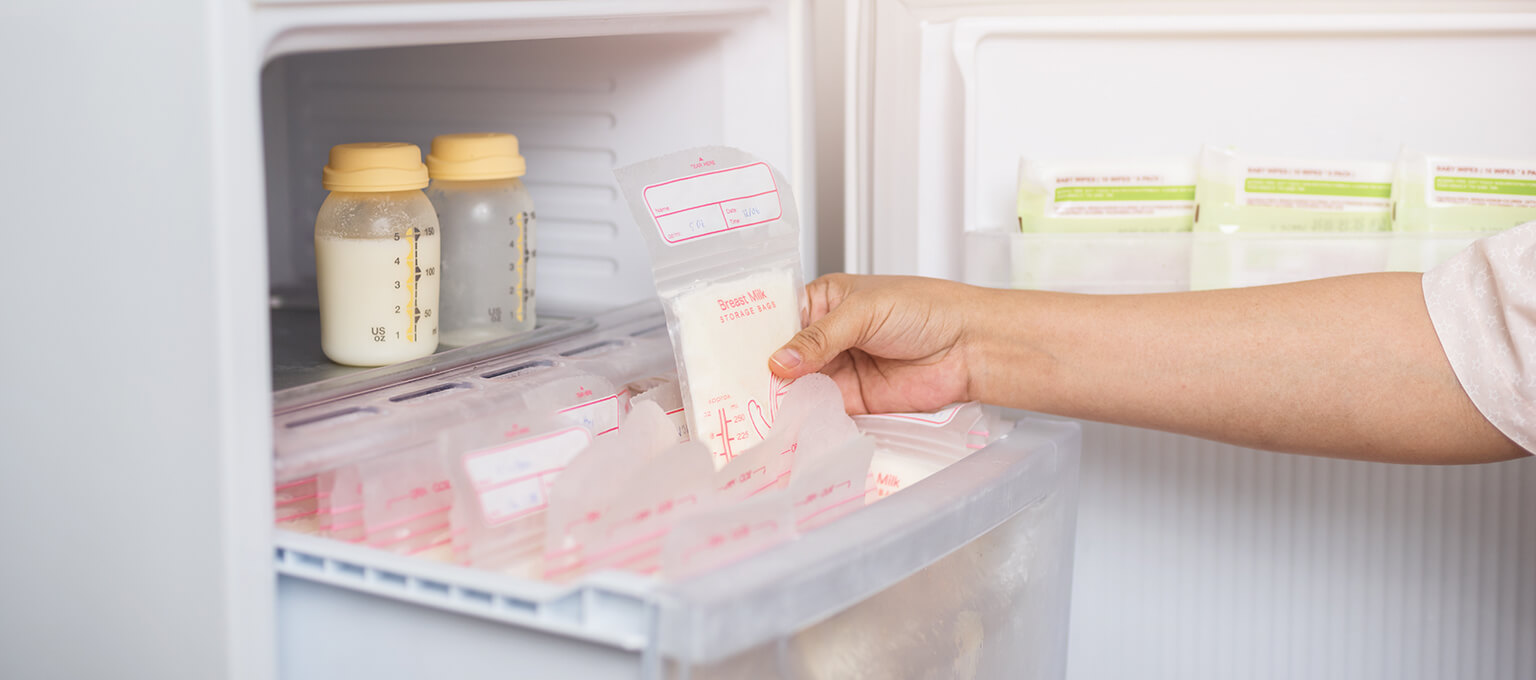

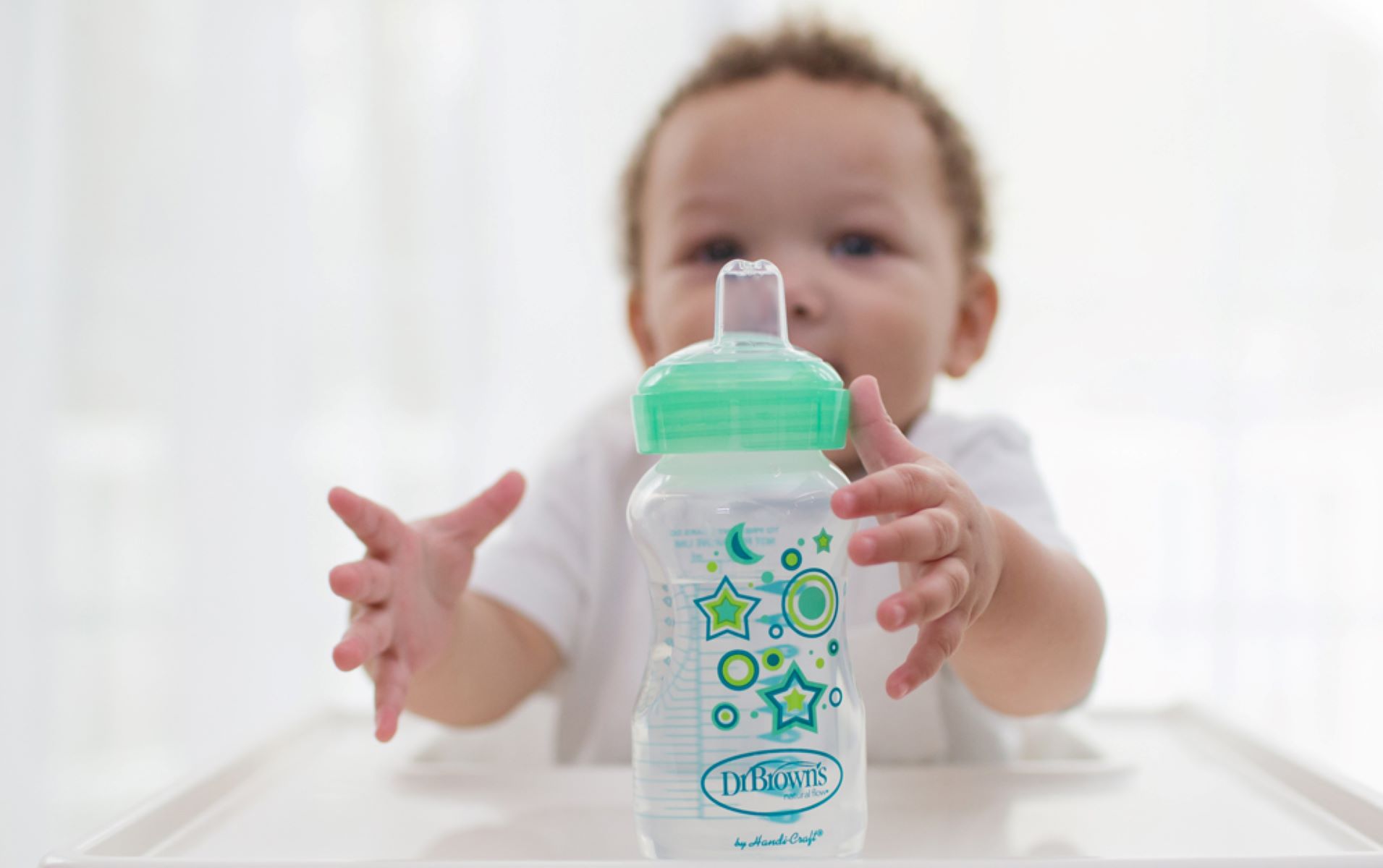



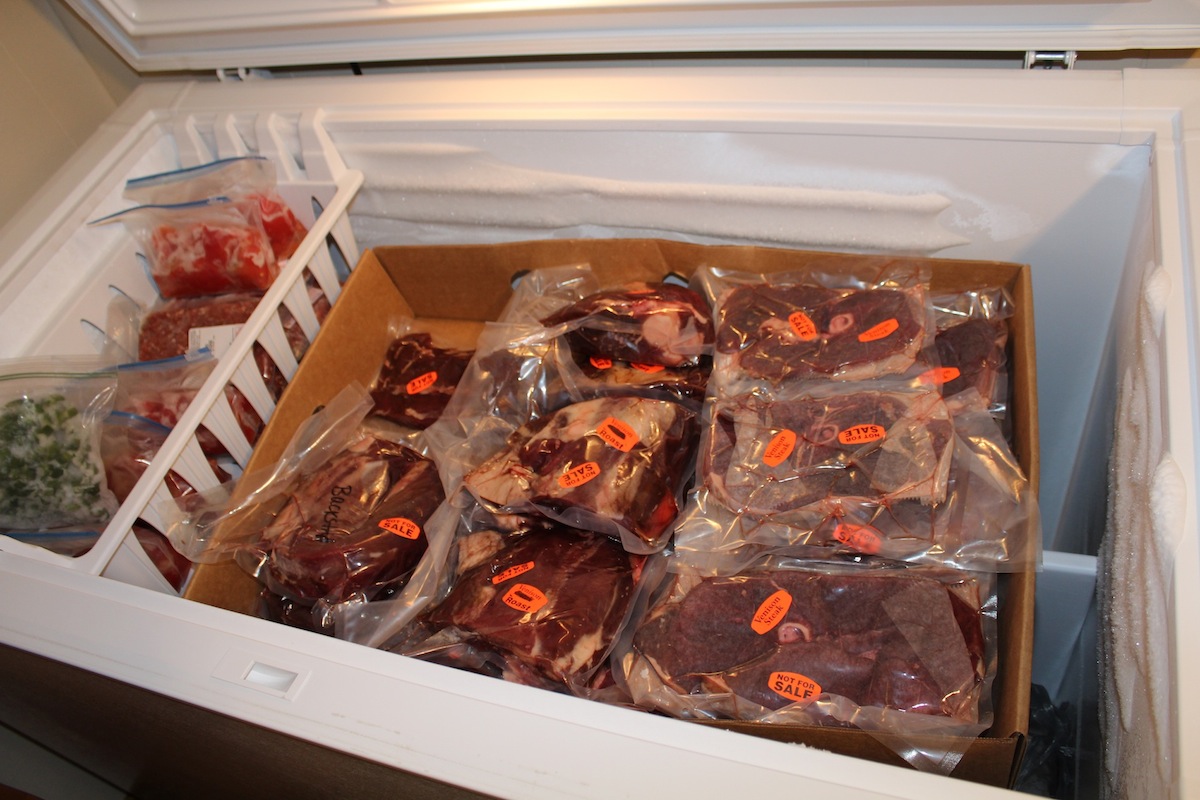
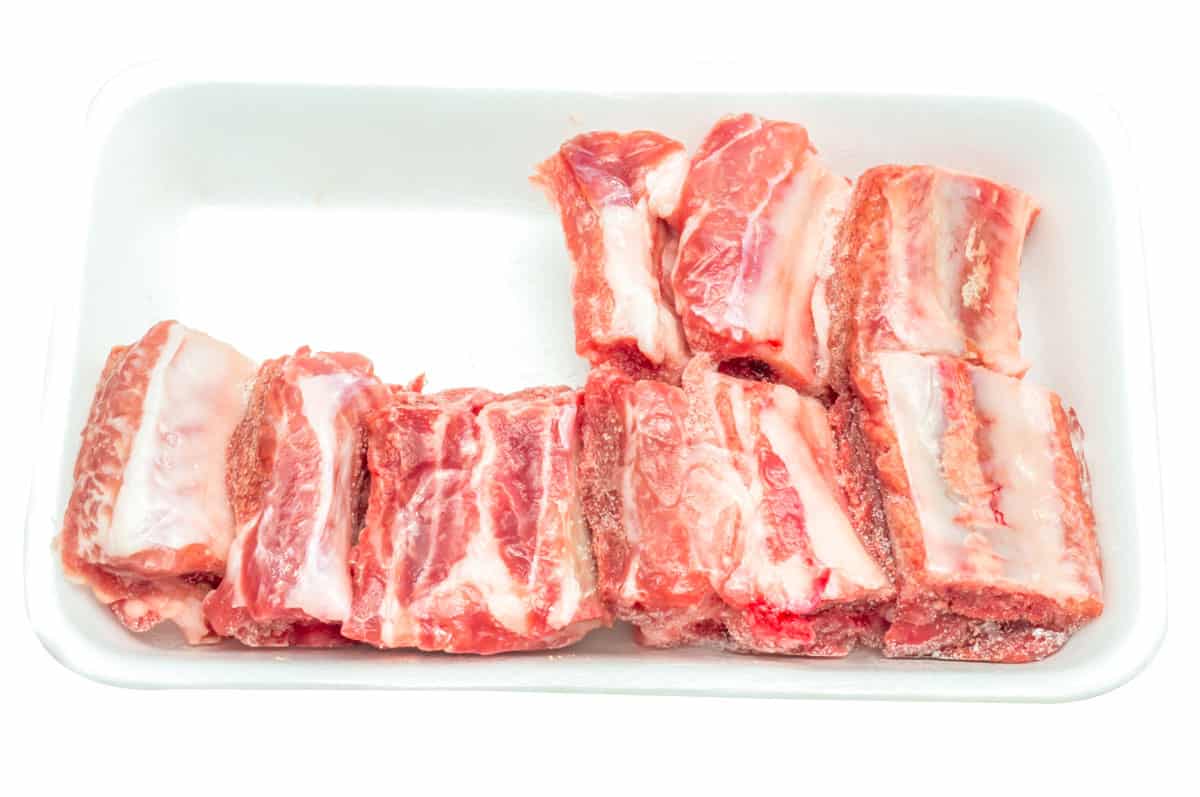
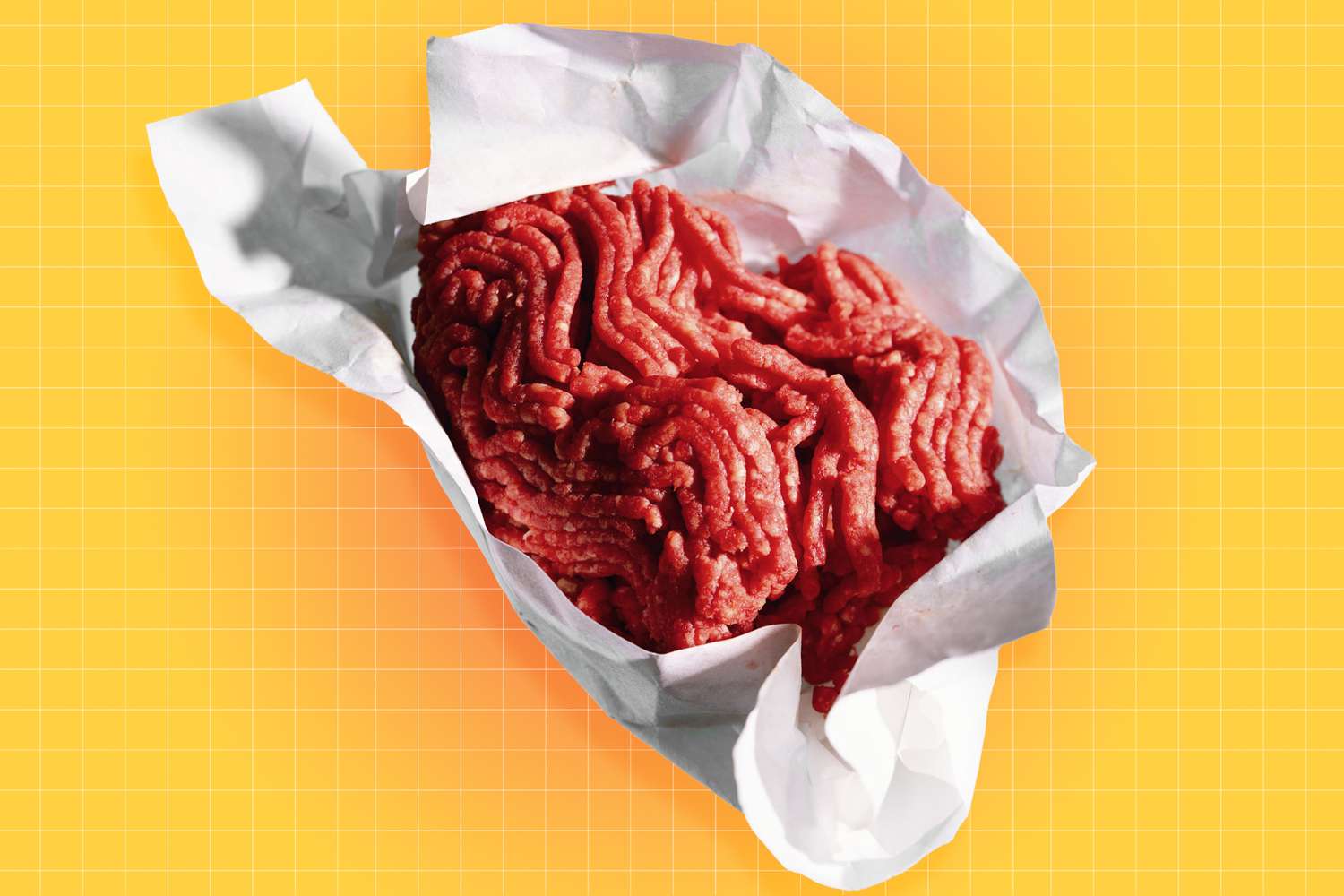
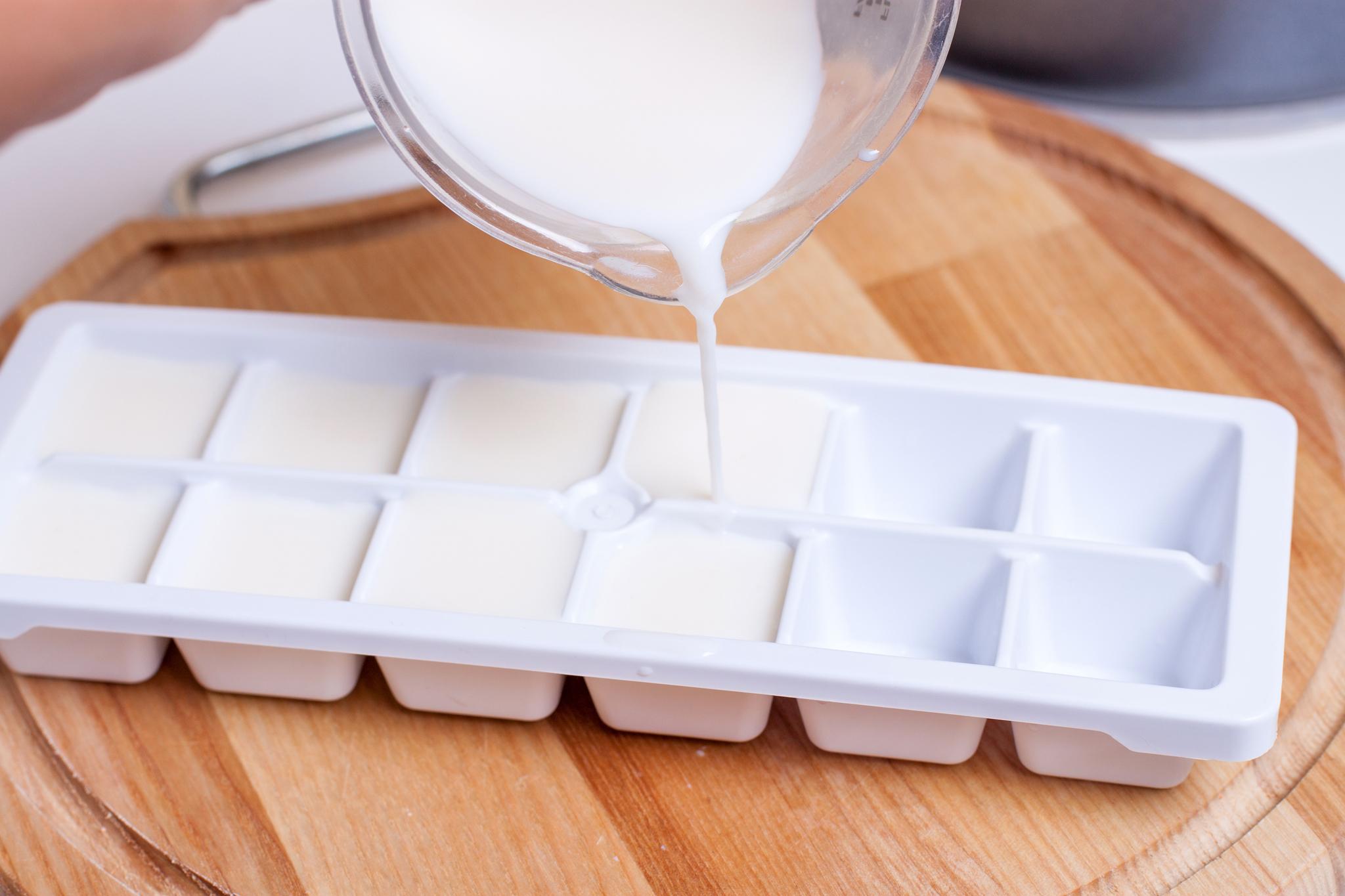

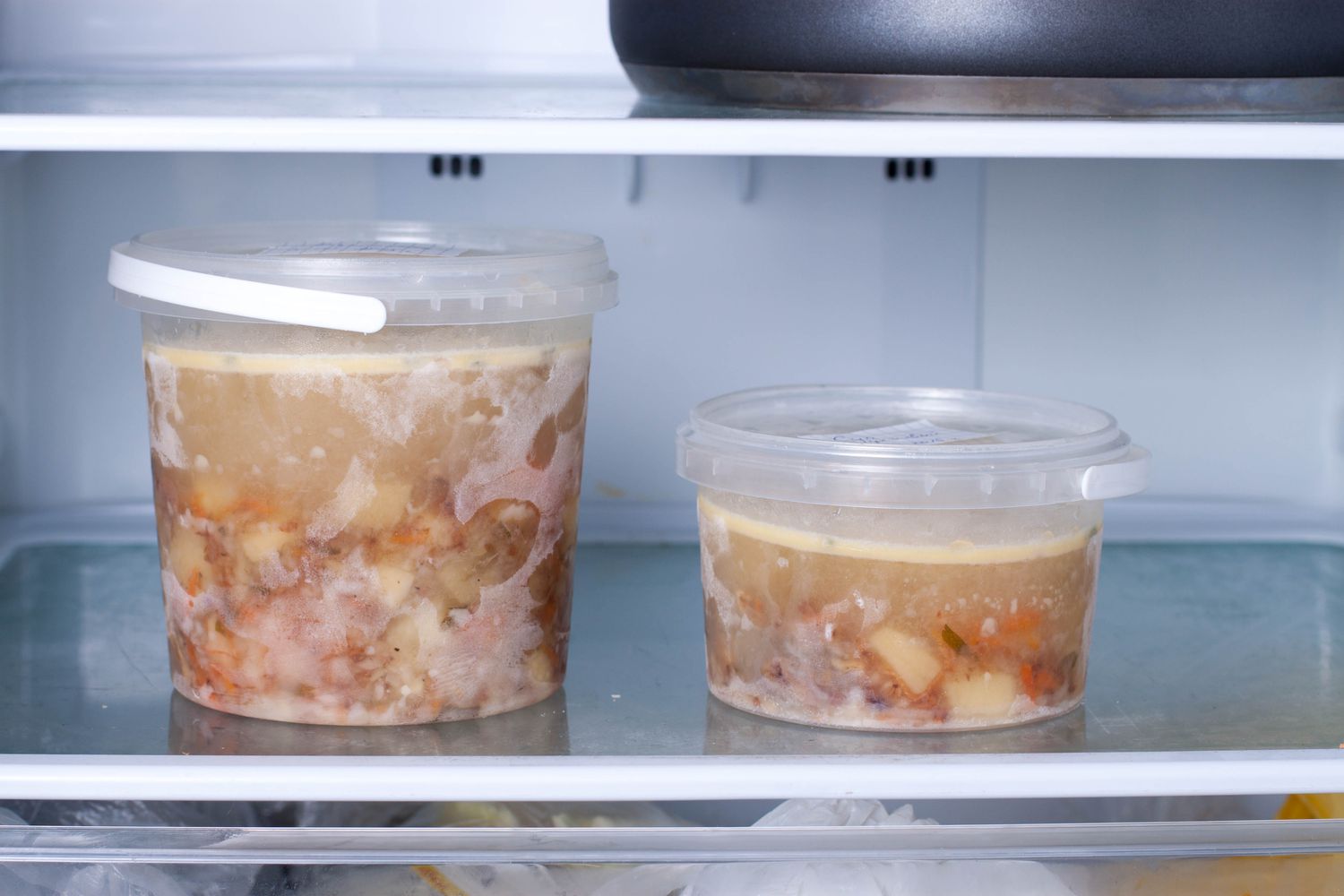

0 thoughts on “How Long Is Breast Milk Good In Deep Freezer”